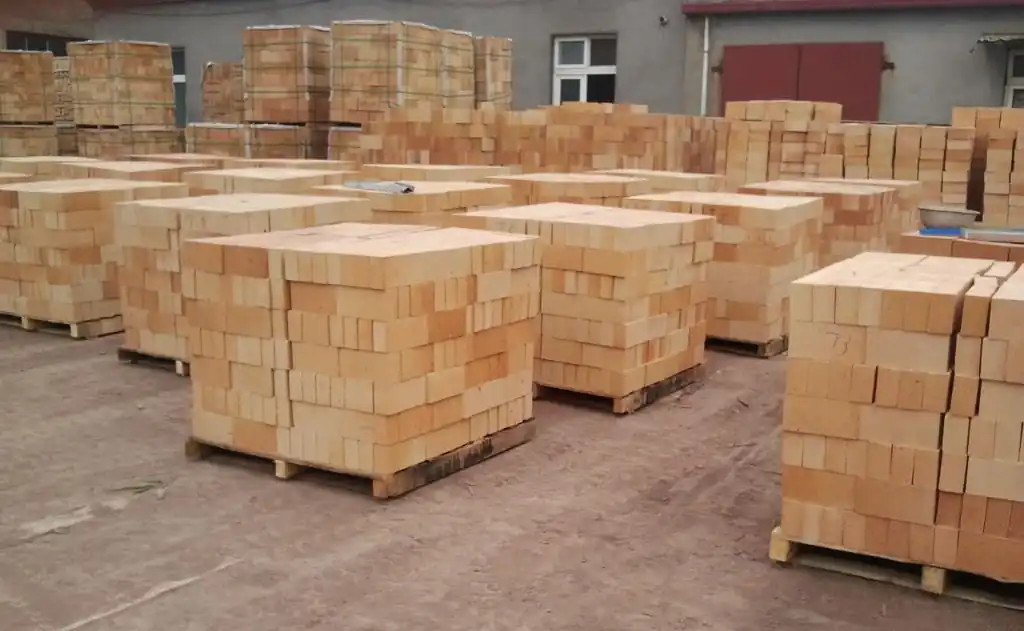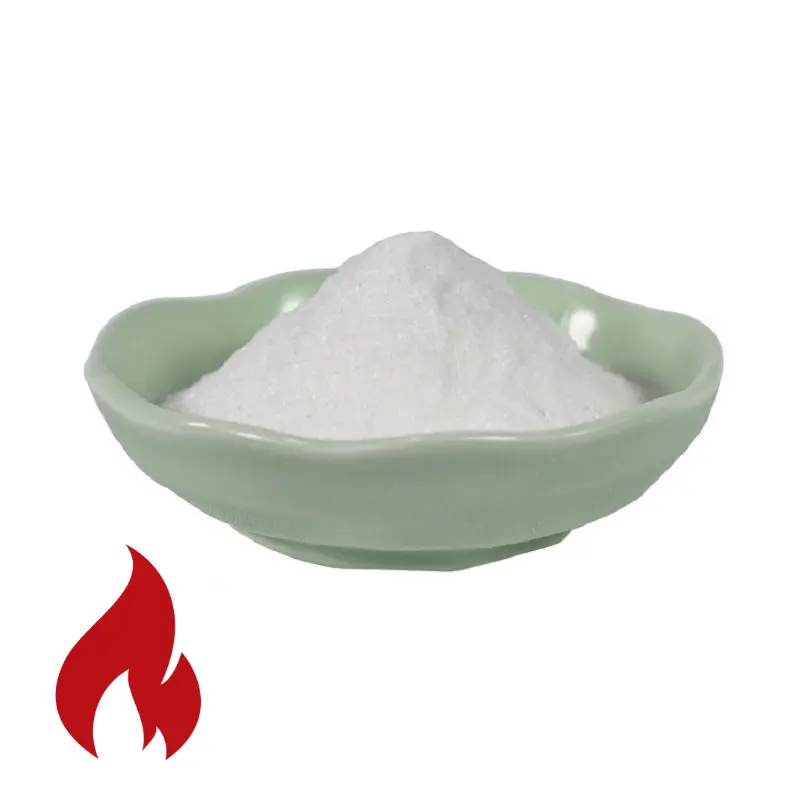principle:
Thermal solution uses high temperature to decompose magnesium carbonate into magnesium oxide and carbon dioxide.
step:
Material selection: Lightweight magnesium carbonate with high purity and uniform granularity is used as raw materials.
Preparatory processing: Magnal carbonate is grinded into fine powder to improve the reaction activity.
Thermal solution process: Lightweight carbonate powder is placed in a high temperature furnace, and insulated for a period of time at 900 1100 ° C for a period of time to break down magnesium carbonate into magnesium oxide and carbon dioxide.
Cooling: After the thermal solution is over, the stove is naturally cooled, and the powder after the heat solution is removed, that is, light magnesium oxide powder.
Factors:
Temperature: Too low temperature will cause incomplete response, and too high will cause magnesium oxide sintering.
Insulation time: Insufficient thermal insulation time can lead to insufficient response, and too long will cause magnesium oxide sintering.
Raw material particle size: granularity is too much to reduce the reaction activity, and it is prone to reunion.
Atmosphere: The control of the atmosphere during thermal solution is inert gas (such as nitrogen or salamander) to prevent magnesium oxygen reactions from the oxygen in the air.
Features:
The light magnesium oxide prepared by thermal solution has the following characteristics:
Light proportion: Due to the low solid volume density of magnesium oxide, the proportion of light magnesium oxide is also light.
High pore rate: The thermal solution process will generate a large amount of gas, forming a rich pore structure in magnesium oxide, which improves its surface area and adsorption ability.
Chemical stability: Magnesium oxide has good high temperature resistance, corrosion resistance and acid alkali.
application:
Lightweight magnesium oxide is widely used in the following fields:

Refractory Material: Make high temperature, lining and refractory coating.
Adsorption agent: heavy metal ions, organic matter and phosphate in the wastewater.
Catalyst: Used in the fields of petrochemical, fine chemical synthesis and environmental protection.
Functional materials: Preparation of heat insulation materials, insulation materials and lightweight composite materials.

